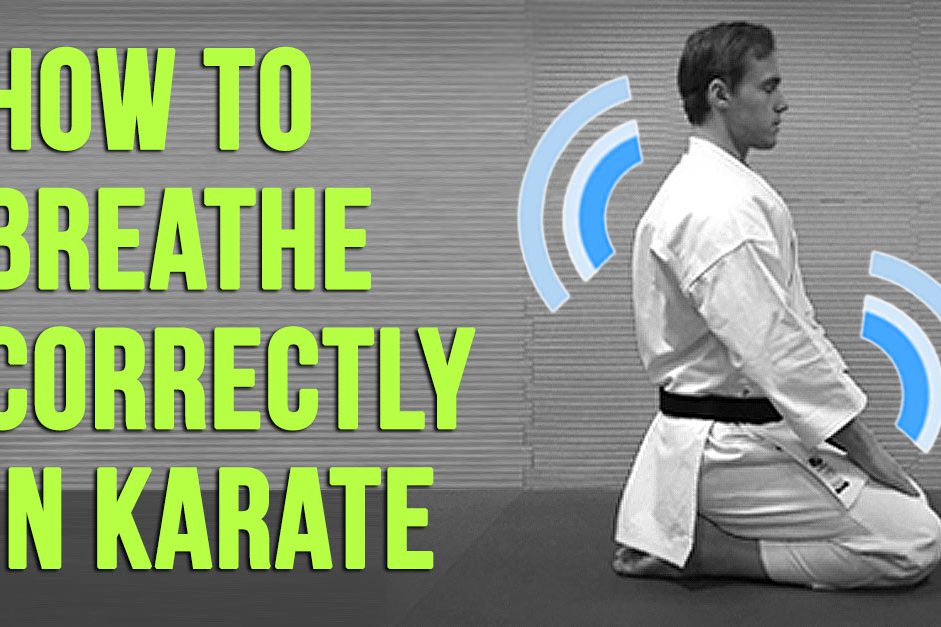This is part 2 of ”Understanding the ‘Smile’”. If you haven’t read part 1, please do so.
Okay, let’s continue!
Last time we covered the basics, so now it’s time to raise the bar. First of all, let me start off with this important ancient Japanese proverb:
“Ichi wo kiite, juu wo shire”
The translation is not so cryptical: “Hear one, know ten.”
So simple – and so important – if you want to understand Japan.
That is because Japan is a High Context Culture. Yes, another complicated word, and I will explain it in a moment. But for now, let me give you a story:
Meet Chris.
Chris is 25 years old, comes from America, and works in Tokyo, Japan, in a big office building. Chris doesn’t really exist though, I made him up.
Today Chris comes to work, and his Japanese boss, Mr. Iwah, is furious! Imagine his face all read, veins bulging in his forehead and all. The reason for his anger is that somebody has dropped a bunch of blue paperclips on the floor, right in front of the door to his office! And he doesn’t have time to pick them up himself, because he has an important meeting to catch.
That’s when Chris walks by.
“Good morning Mr. Iwah!” he says in his best Japlish. Mr. Iwah turns around. “Hey, you, Chris-san! Pick up these blue paper clips and put them in my top drawer! They’d better be gone when I come back!” he screams and runs to the elevator.
“But, but… but….” Is all Chris has time to say.
So, here is our scenario: We have Chris, ready to pick up a bunch of blue paperclips from the floor. He kneels down and starts, when he suddenly finds a red paperclip hidden under the blue! Then he finds another… and another.
Of the 250 blue paper clips, three are red.
Chris is in a dilemma. What will he do with the three red paperclips? His boss, Mr. Iwah, strictly told him to only pick up the blue paperclips. On the other hand, he might be angry if he finds three red paperclips on the floor when he comes back.
But if Chris picks up the red too, where will he put them? In the top drawer, along with the blue?
This is a classic problem, when east meets west. Or should I say, when a High Context Culture meets a Low Context Culture.
This what Chris would do if he was Japanese: He would pick up all the paperclips.
This is what Chris does: He calls his boss and asks these questions: “Exactly when does it have to be finished? And where should I put the red paperclips? In the same drawer as the blue? How should I pick them up? Can I use a vacuum cleaner? It will be faster. What if I find a yellow paperclip, or a green? Can I ask somebody else for help? Should I close the door to your office after I’m done, or leave it open…?”
This story illustrates the difference between a High Context Culture (HC) and a Low Context Culture (LC). I hope you get it.
Ichi wo kiite, juu wo shire
Hear one, know ten.
Okay, let’s forget Chris now. He got fired anyway. Let me tell you the difference between HC and LC in one sentence:
A LC-Culture asks many precise “counter questions”, and always separates opinion and person.
A HC-Culture is the complete opposite.
If you didn’t know, Japan is the most HC in the world. Scandinavia is the most LC in the world. Some other HC-Cultures are Africa, Southern and North Eastern Europe and South America.
Another LC-Culture is China, for example. And that’s quite interesting, since China and Japan are next to each other. Geographically speaking, HC is more common in homogeneous societies.
Another important difference (that I haven’t mentioned yet) is that LC is “speaker centered”, which means the responsibility of communication is always with the speaker. In HC, communication is “listener centered”; the responsibility for good communication is with the listener.
And that is the key to ”The Smile” (you thought I had forgot, huh?)
So let’s examine “The Smile” now.
As you remember, I ran to catch the monorail, but didn’t make it on time, and the passengers had these big smiles on, like they wanted to laugh at me. To understand why, let’s pretend we are in a LC country for a second.
We are in Paris.
A man is running for the metro. Only a few steps left… BANG! The doors shut in front of his nose. What does he do? He yells some French words that show how “displeased” he is with the situation. Depending on how many people are left on the platform, he might just murmur a little. The goal is the same though: To show the rest of the people around him that he is unhappy with failing to make it on time.
He might groan really loud to show his mood, and then take a few heavy steps to the nearest bench to wait for the next train, and sit with his head in his palms. So everyone can see clearly how he feels.
Why is it so? I told you, it’s because in LC the responsibility of communication is with the speaker. It’s the French guy’s responsibility to show the rest of the world that he is unsatisfied.
Sacre bleue! Now let’s fly back to Okinawa.
The people inside the monorail were smiling, because in HC the responsibility of communication is with the receiver. They smiled because they are the opposite of the French.
They feel responsible for my failure to be on time, and therefore they smile, to make me happy.
They (the people in the monorail) feel responsible as a group for not getting me on the train.
They feel that they failed, not me.
And that is why you will encounter “The Smile” everywhere you go in Japan. Because people are not perfect, they fail. So the other end needs to smile. A lot.
Lafcadio Hearn, an English “man of letters” who adopted Japanese citizenship and lived in Japan from 1890 until his death in 1904, wrote the following about “The Smile”:
“[The] first impression is, in most cases, wonderfully pleasant. The Japanese smile at first charms. It is only at later day, when one has observed the same smile under extraordinary circumstances – in moments of pain, shame, disappointment – that one becomes suspicious of it. […] Even though the heart is braking, it is a social duty to smile bravely”
-From the Writings of Lafcadio Hearn, Glimpses of Unfamiliar Japan
I feel it’s time to stop here (1’204 words at the moment…), but you have no idea how much more information I have on this subject. If you truly want to understand Japan, Okinawa, other cultures in general, or your martial art, you must understand the difference between HC and LC.
And then use it.
Take advantage of it.
Show no mercy, be ruthless.
That will open so many new doors for you. You will have things you never could get, or learn, because you didn’t know how to get it or learn it the proper way. Be it the Japanese way, or the American way, or the French way. It’s like the invisible wall just cracks.
You will fly past everyone else, on the highway of enlightenment, who never heard of words like “Inter-Cultural Communication” or “High Context Culture”. You don’t belong to that group anymore.
You can look back at those people, wave, and tell them this:
“Kuchi ga wazawai mono”
“The mouth is the source of all disaster.”
Yet another ancient Japanese proverb.
Then give them a big smile.



5 Comments